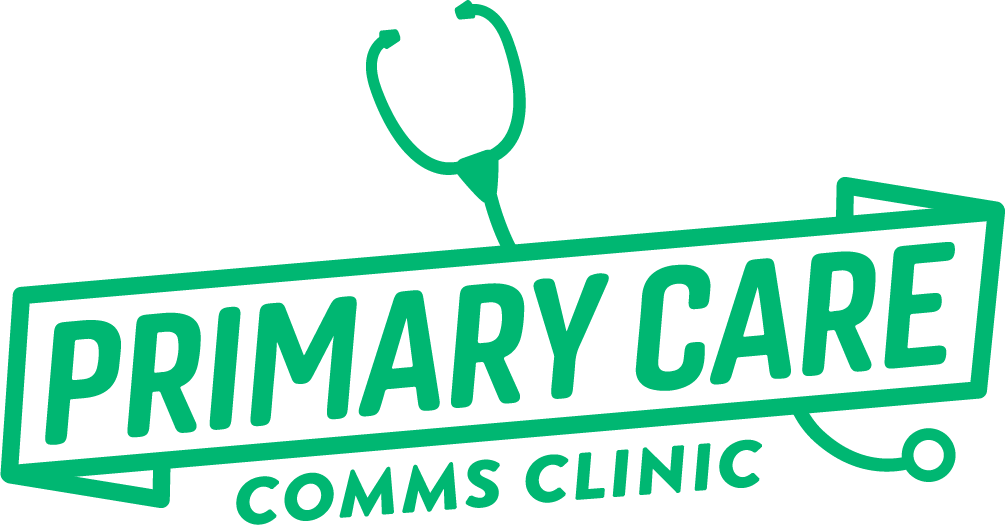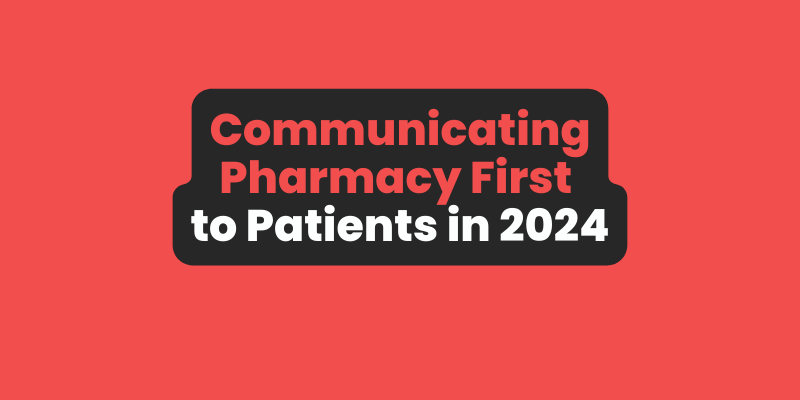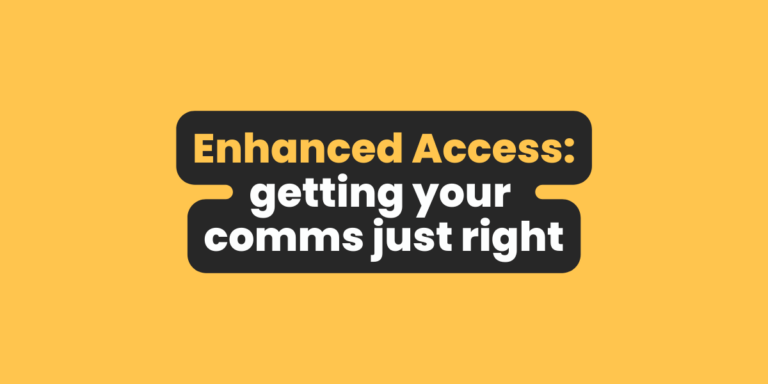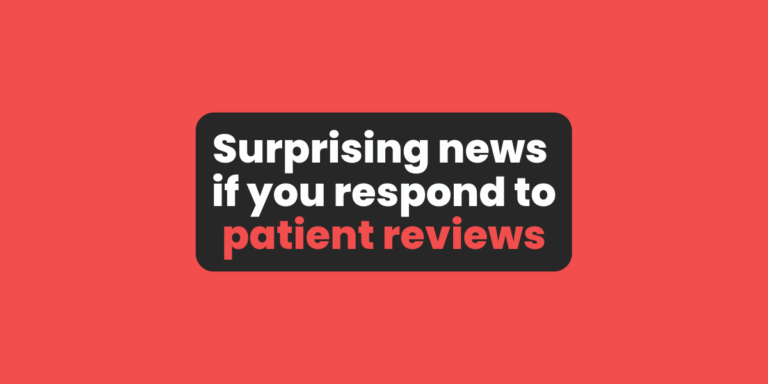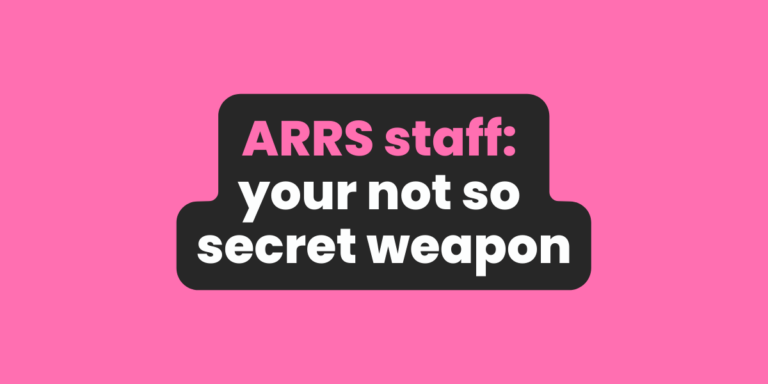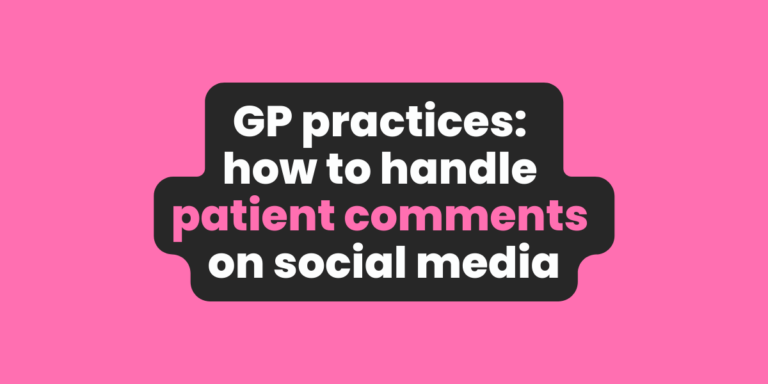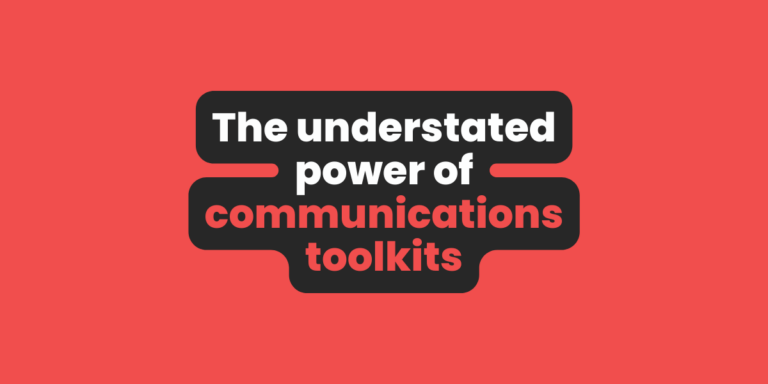UPDATED MARCH 2024: Pharmacy First launched in February 2024, marking a big step-change for community pharmacies and GP practices alike. Just like anything where we are encouraging patients to do something different to what they are used to, it’s an important time to communicate effectively with patients about the new service, ensuring expectations and smooth workflow are met on both the pharmacy and surgery side.
Using a carefully planned communications toolkit that’s built for your community is arguably the best way to prepare and roll out the service successfully to your patients, staff, and local residents. Afterall, increasing patient uptake of this service will be a gradual process – not an overnight success story.
Primary Care Comms Clinic has been successfully creating and delivering practical, award-winning communication toolkits since 2016. In this article, we’ll uncover what such a communications toolkit can do for you and some of the ways you can effectively promote the Pharmacy First service post-launch to your patients.
What is the NHS Pharmacy First service?
The new Pharmacy First service forms part of the NHS delivery plan for recovering access to primary care and aims to position local pharmacies as the first point of contact for minor health concerns.
Under the scheme, community pharmacies can supply prescription-only medicines for seven common conditions. Together with expanding the pharmacy contraception service and blood pressure check services offered by pharmacies, it’s hoped this more efficient clinical pathway will ease the burden on GP practices, play a crucial fight against antimicrobial resistance and save 10 million appointments in general practice a year once scaled.
Pharmacy First allows patients to self-refer to a pharmacy and share their health worries with local pharmacists who’ve been trained to thoroughly assess symptoms and provide reliable advice and treatments.
Yet, as necessary as the service is, getting the word out there to patients who are used to calling their GP practice for troublesome issues like sinusitis and sore throats, will be a behaviour change challenge.
Deploying good communication is crucial to make the public aware and encourage them to approach their local pharmacist for non-immediate health concerns.
How general practice and community pharmacy can build awareness and trust in the Pharmacy First service
For GP practices and pharmacies keen on amplifying the usage of the Pharmacy First service, the journey begins with sustained efforts in raising awareness and building trust among patients.
NHS England has produced a national communications toolkit and media campaign to support general practice and community pharmacies in promoting the scheme to patients. This campaign runs until the end of March 2024.
Like many national communications campaigns though, these can often fail to cut through on a local level because of how generic they are.
These types of campaigns are designed to be used on a mass, national level. Think of the billboards you see or the adverts you hear on the radio on the way to work. After the first or second time you’ve seen or heard about it, your brain is too busy looking for “new” information and essentially “ignores” the “old” information thereafter as a way to preserve energy to interpret the “new” stuff.
Therefore, if it wasn’t of interest to the person at that point in time, they’re not likely to retain the information. That’s why we need to think beyond just promoting this for a couple of weeks. Instead, we need to look at the continuous ways we can raise awareness, build trust, and integrate the messaging into all our patient communication touchpoints.
Educate to motivate the right messengers
In our experience, there’s also a lot to be said about the messenger. The NHS logo is a brand the majority of us know and trust but as this is a brand new service to patients and a brand new clinical pathway, patients are likely to have questions and concerns which we’ve observed a lot of on social media:
What happens if they can’t prescribe the treatment I need?
Won’t I just save time going to the GP first?
Will I need to pay for the treatment?
National communication campaigns aren’t designed to offer this level of detail for patients and so GP practice teams and local pharmacies must fill in the gaps. And who better to? You’re trusted and know your patients best.
Regularly informing patients about the service and its benefits is paramount. Use every encounter, be it on your GP practice telephone holding message or while patients stand to wait for their prescription to be made up in the pharmacy, it’s an opportunity to mention the Pharmacy First service.
Leverage patient feedback
Patient testimonials and success stories can be powerful in motivating others to try the Pharmacy First Service. Encourage those who have had positive experiences to share their stories. These can be showcased on practice websites, social media, or within the GP practice or pharmacy itself, adding a personal touch to the service promotion.
Consistent communication is key
Understanding that the Pharmacy First Service is a new clinical option for many, educational initiatives are necessary. Providing clear, accessible information on what conditions can be treated, how to access the service, and the roles of pharmacists in providing care, can demystify any uncertainties.
Informal live Q&As online, leaflets stapled to prescription bags, and 1-2-1 waiting room discussions conducted by Patient Participation Group (PPG) members are just some of the engaging ways we’ve already seen some GP practices and community pharmacists collaborate creatively and reinforce the pharmacists’ role in delivering primary care.
Newsletters, posters, waiting room displays, and Facebook Groups can also serve as effective platforms for reminding patients that they have a convenient option for these types of minor health concerns, but only when paired with local personalisation to answer the questions you know your patients will and are asking in the community.
But how do you supplement, personalise and localise the national messaging for extra oomph, you ask? You create your very own communications toolkit for your area.
Communication toolkits for pharmacies and GP practices
The term ‘communications toolkit’ refers to a variety of communication tactics, including website content, social media posts, leaflets, posters, and explainer videos, to name a few.
Planned carefully together and then personalised to suit your community, these components are vital because they are designed to provide patients and community members with the information they need from the people they trust about Pharmacy First. Information that’s in the right place, at the right time and ensure patients use it when needed.
A communications toolkit can explain how to use the Pharmacy First service, who is eligible to use the service, what the advantages are, and dispel any potential myths or barriers. It can also raise confidence amongst patients by defining a clear pathway of how to approach health concerns and assure them that local pharmacists are more than competent health professionals able to provide medical advice.
A Pharmacy First communications toolkit can also benefit your pharmacy or GP surgery staff by serving as a training resource. By guiding your staff on how to confidently promote and present the service to patients, you ensure that all team members understand the objectives and workings of the service. The toolkit can guide them on appropriate language use, inform them about commonly asked questions and suitable replies, and advise them on dealing with any patient concerns or objections.
Involving your staff in this way will empower them and ensure a more comprehensive and consistent service. For pharmacies, everyone working in your pharmacy shop front will feel part of this critical service roll-out, reinforcing their position as essential frontline healthcare providers.
On the community front, GP practices and primary care networks are well-placed to build relationships with local stakeholders around these changes. The communications toolkit can contain templates or examples of letters and presentations that can be adapted to reach out to local community groups, schools, and other stakeholders.
Local pharmacies are a vital part of the primary care family and GP practices and pharmacies should always look for ways they can support one another.
The journey to fully integrate and maximise the Pharmacy First service within primary care is an evolving one that requires patience, persistence, and a proactive stance from both GP practices and pharmacies.
By consistently working to inform, educate, and build trust with patients, the service can achieve its full potential as a vital part of the healthcare system. Remember, transforming patient behaviour and preferences towards accessing healthcare services isn’t an overnight feat; it’s a long-term commitment to improving public health one step at a time.
Now that Pharmacy First is live, how are your patients, staff, and the community responding to the new service? Are there green shoots of hope yet, or do stakeholders need some extra gentle nudging and encouragement?
Concentrate on what you do best and leave the patient and staff communications to the experts here at Primary Care Comms Clinic. Contact us today.
